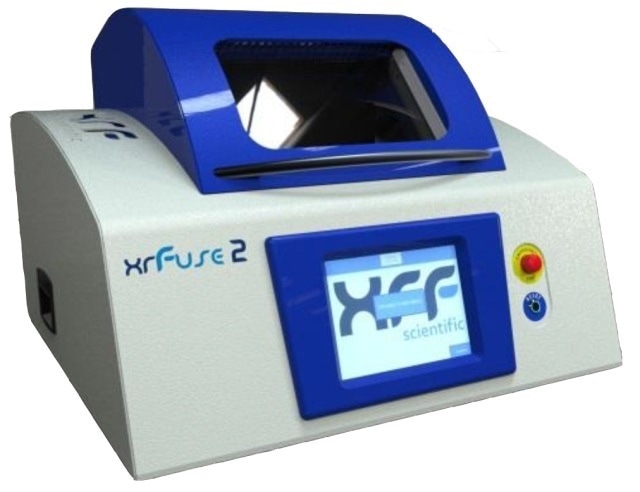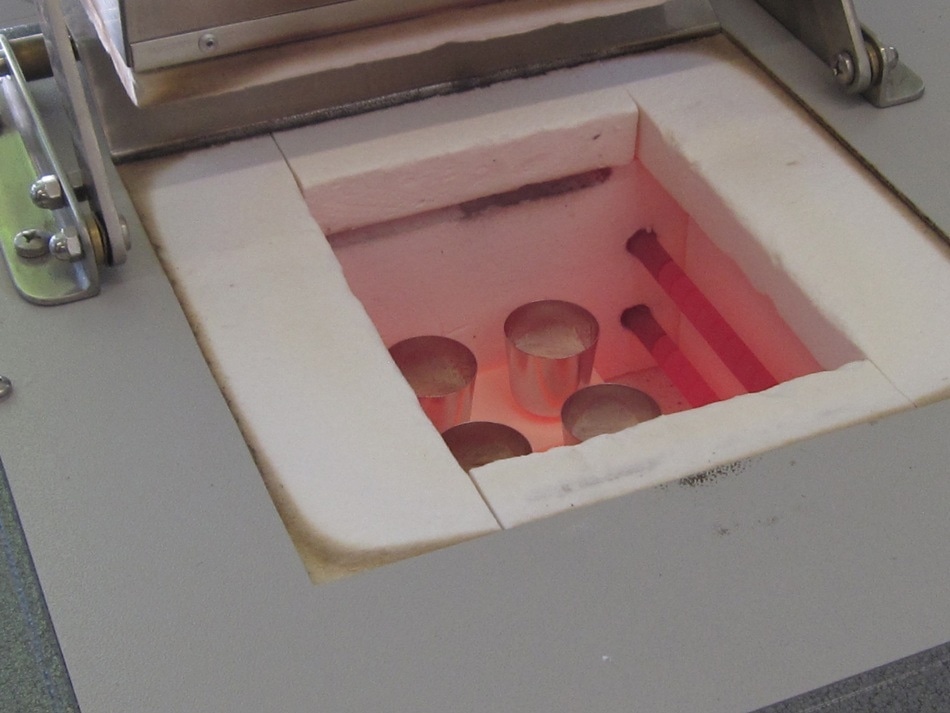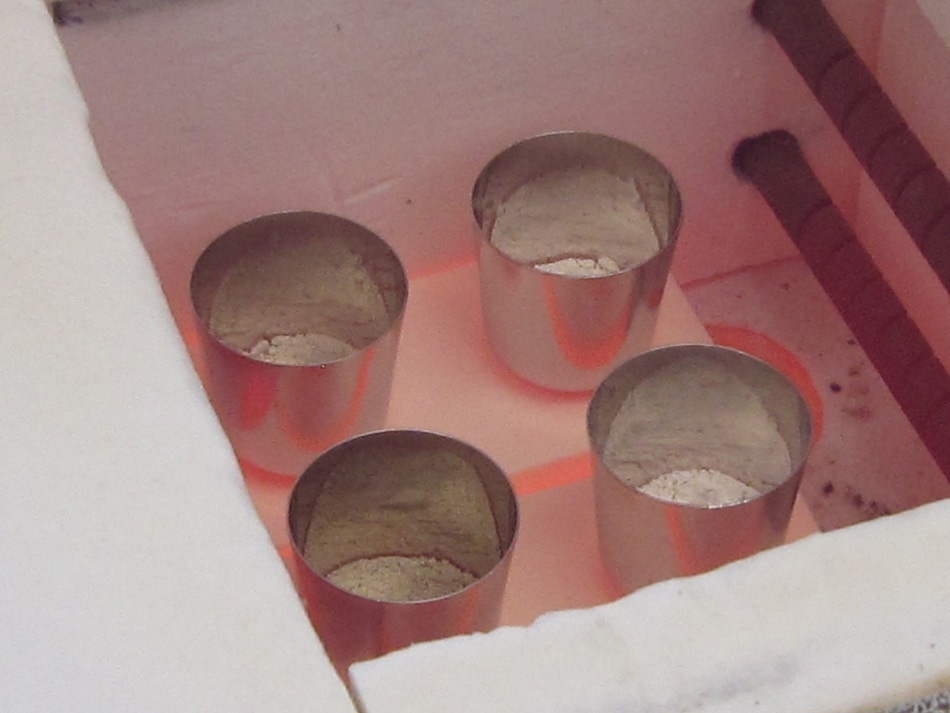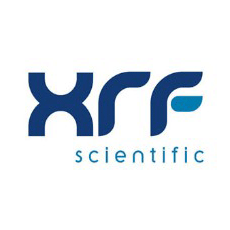
Tools and Materials
- xrFuse crucibles in Pt95/Au5 (DC1@ 30 g)
- An xrFuse2 (electrical fusion machine)
- An analytical balance with a precision of 0.1 mg and a weighing range of about 200 g
- xrFuse moulds in Pt95/Au5 (AM7@ 100 g – bead = Ø39/41 mm x 4 mm)
- A weighing spatula to weigh the sample
- A spoon-spatula to weigh the oxidizer and flux
- A weighing pan or other
- A furnace for calcination of the sample before fusion (950 °C)
- A vortex mixer to mix the flux and sample together
- A long pair of tongs (20 cm) with plastic tips (to avoid scratching the mould and the crucible)
- An ultrasonic cleaner (with heating) to clean the platinum labware
Note: 95% Platinum 5% Gold (Pt/Au): Universally accepted material of choice for casting and crucible moulds for spectrographic analysis by x-ray fluorescence (XRF).
Note: Never touch the casting surface with tongs: any scratches will transfer to the glass bead measurement surface.
The Chemicals
- Citric acid (a 20% solution to clean the moulds and the crucibles)
- The flux:
- FLUX LT66/LM34: Lithium tetraborate 66%, Lithium metaborate 34% - (Tm 875 °C)
Calcination
All samples were calcined at 950 °C for 2 hours before the fusion and the production of the beads.


Preparations of Casting Powders for Fusion
1.000 g +/-0.015 g of sample and 8.000 g of flux FLUX LT66/LM34 should be directly weighed into a fusion crucible and mixed together. In order to ensure that the contact between flux and sample is optimized, the mixture should be thoroughly mixed (about 0.5 minute).
- The crucible containing the powder should be placed into the crucible cradle of the xrFuse2
- The mould should be placed on the mould holder of the xrFuse2
- The desired program should be loaded and the start button be pressed
- The bead should be removed from the mould, once the fusion is complete
Note: Never touch the measurement side with your fingers (the side that faced the casting dish surface).
Fusion Program Settings
Program
| Function |
Time (seconds) |
Temp. °C |
Speed (%) |
Angle |
| Pre-melt time |
30 |
850 |
|
|
| Melt time |
120 |
1050 |
|
|
| Shake time |
240 |
1050 |
90 |
45° |
| Stand time |
30 |
1050 |
|
|
| Pouring |
30 |
|
|
|
| Stage 1 Cooling |
120 |
|
20 |
|
| Cool time |
480 |
|
100 |
|
| TOTAL TIME: |
Program 1 : 18 min; Cold-to-Cold: |

This information has been sourced, reviewed and adapted from materials provided by XRF Scientific.
For more information on this source, please visit XRF Scientific.